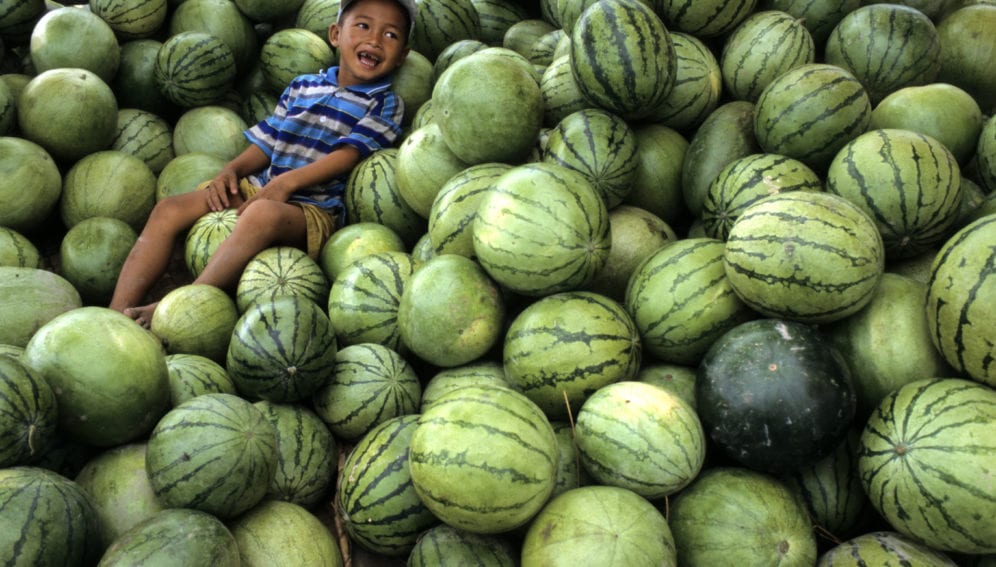By: Fatima Arkin
Send to a friend
The details you provide on this page will not be used to send unsolicited email, and will not be sold to a 3rd party. See privacy policy.
[BANGKOK] A two-day policy forum, co-hosted by the Asian Development Bank (ADB) and the Greater Mekong Subregion (GMS) Working Group on Agriculture, is taking place in Bangkok (31 May—1 June) to help countries in the GMS area develop a strategy and action plan for promoting safe and environment-friendly agro-based value chains.
"Of the multifarious food development concerns, food safety is now viewed as an integral component of food security. The forum is an opportunity to discuss innovative business-to-government (B2G) initiatives that the GMS can tap for enhanced global market access," Pavit Ramachandran, project manager and environment specialist at ADB, tells SciDev.Net.
Sporadic cases of food-borne diseases — bacterial, viral and parasitic — occur in the GMS countries. In addition, exposure to toxins and chemicals used in food production worry consumers and public health authorities, says Thomas Weaver, a private sector development and value chain specialist who helped plan the forum.
“Food safety is now viewed as an integral component of food security. The forum is an opportunity to discuss innovative business-to-government (B2G) initiatives.”
Pavit Ramachandran, ADB
The current capacity to effectively investigate outbreaks in the GMS countries is highly variable, and can limit the ability of public health authorities to identify sources of food poisoning and respond appropriately such as through product recalls.
In 2014, some 400 textile workers in Vietnam contracted salmonellosis, and over 50 of them had to be hospitalised. Then, in 2016, the Thai Pesticide Alert Network tested 138 samples of popular fruits and vegetables across the country and discovered that half of them had high levels of harmful pesticide residues, despite being certified for quality by the government.
Even those certified organic by Thai third-party systems and other GMS countries routinely encounter similar problems, says Weaver.
Within the GMS, there is also considerable variation in national capacity to effectively implement food safety risk mitigation strategies. The reasons are complex and include the country’s level of development, research capacity and public access to information.
Currently, Thailand operates the most advanced food safety systems in the GMS. The Chinese autonomous regions also have considerable capacity. Vietnam’s capacity is increasing due to public pressure while Cambodia, Lao PDR and Myanmar have lesser capacity.
“The less advanced countries, in terms of food safety systems, are also hampered by less developed transport and logistics infrastructure, which is associated with economic development, population densities and terrain,” says Weaver. For example, domestic transit times may be extended and cold chains are far from robust, increasing the risk of contamination and/or pathogen growth on products.Weaver recommends that countries with more advanced food safety and risk analysis systems and capacity support neighbouring countries in upskilling staff, improving the design of surveillance systems and providing access to services, such as accredited food testing.
A paper detailing the status of food safety in each country, as well as market potential for agriculture products, is expected to be released at the end of the forum. It will inform the upcoming Second GMS agriculture ministers’ meeting in Cambodia.
This piece was produced by SciDev.Net’s Asia & Pacific desk.
This article was made possible with support from Monsanto.














